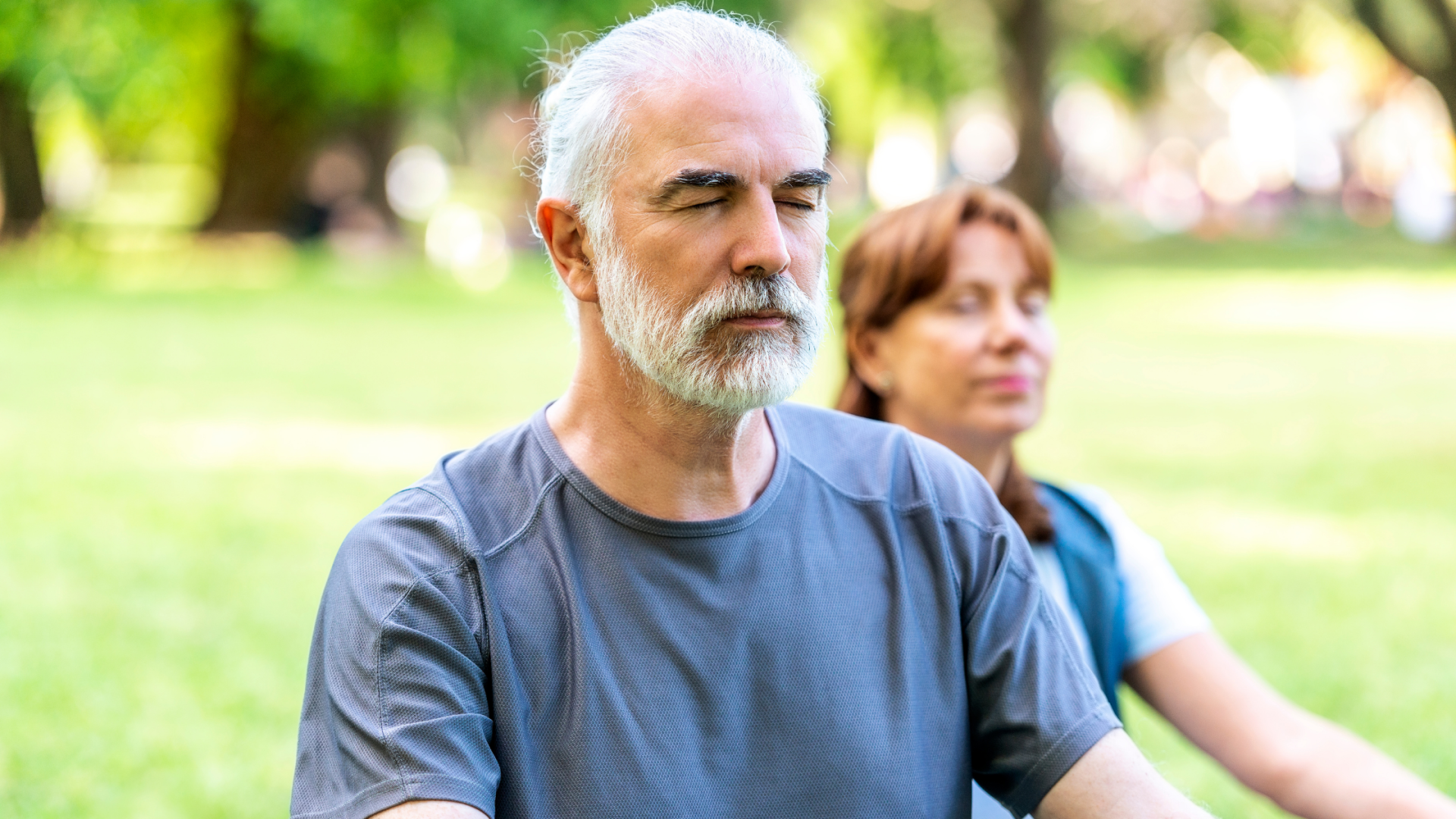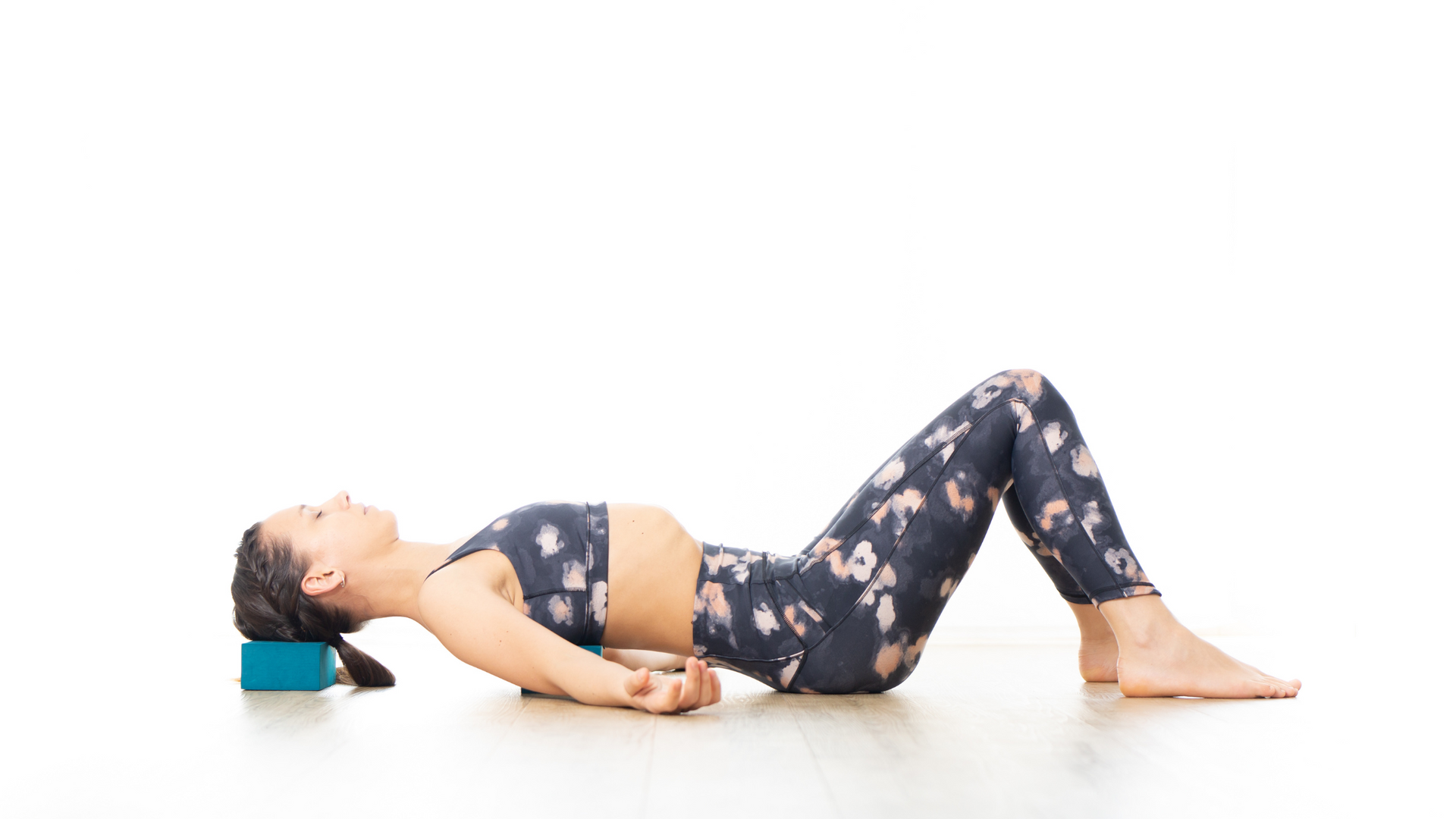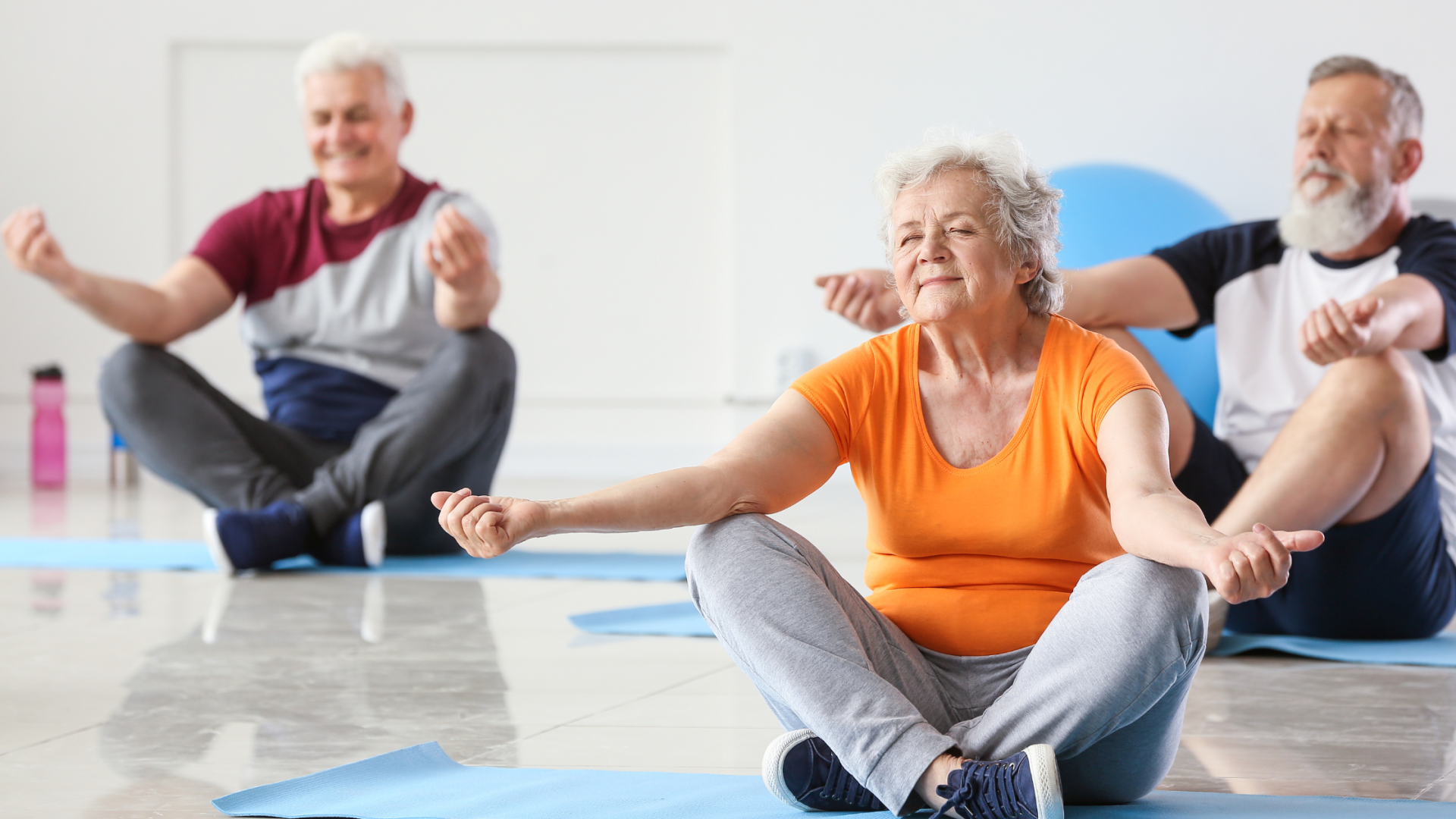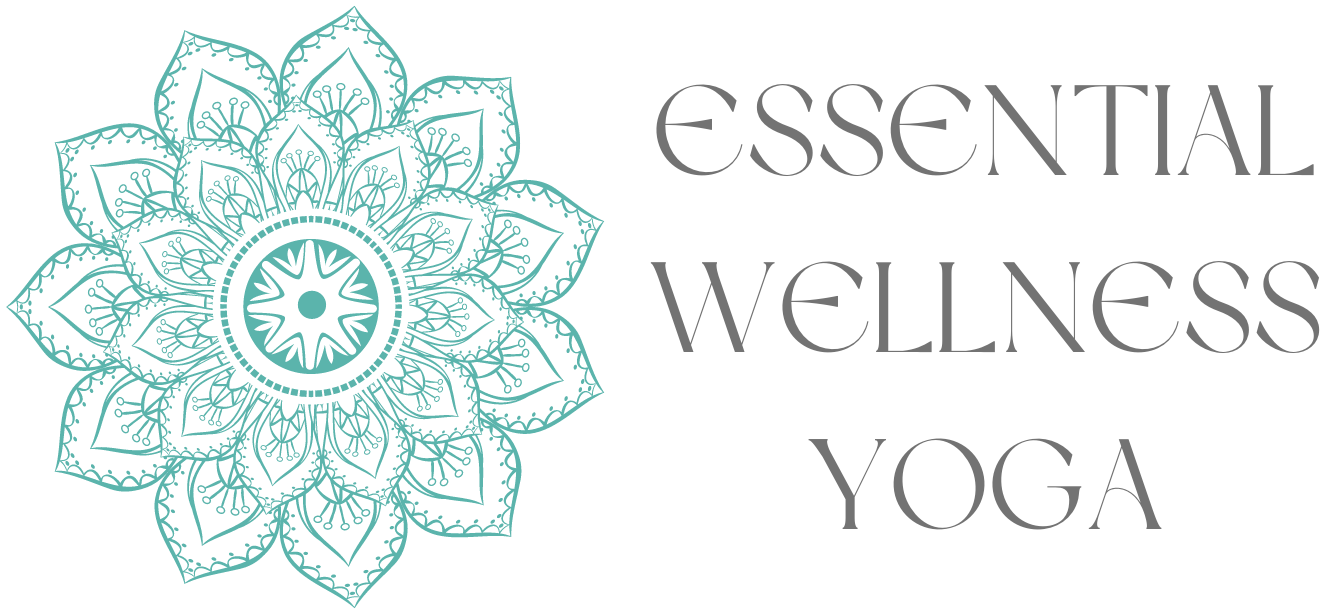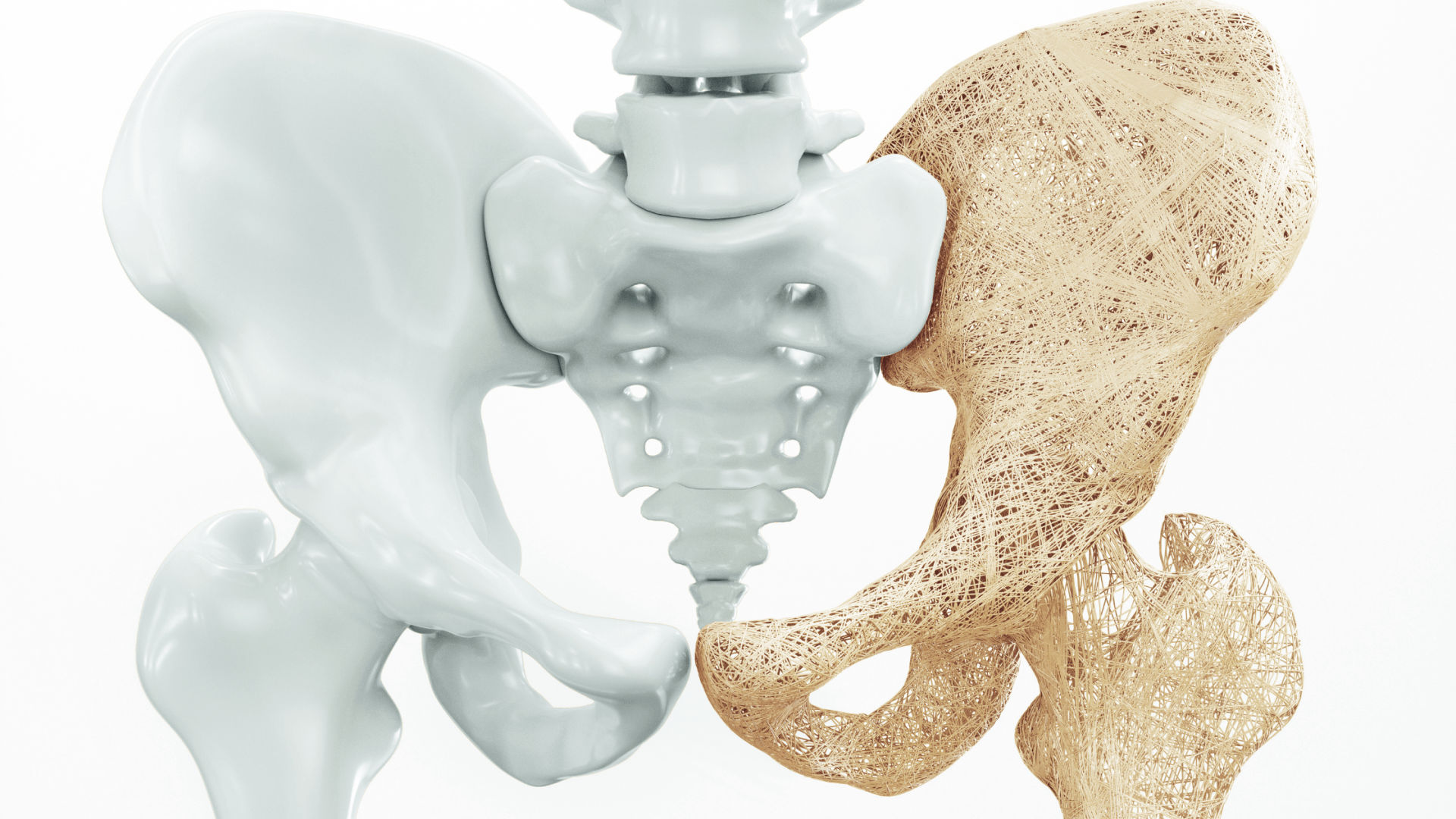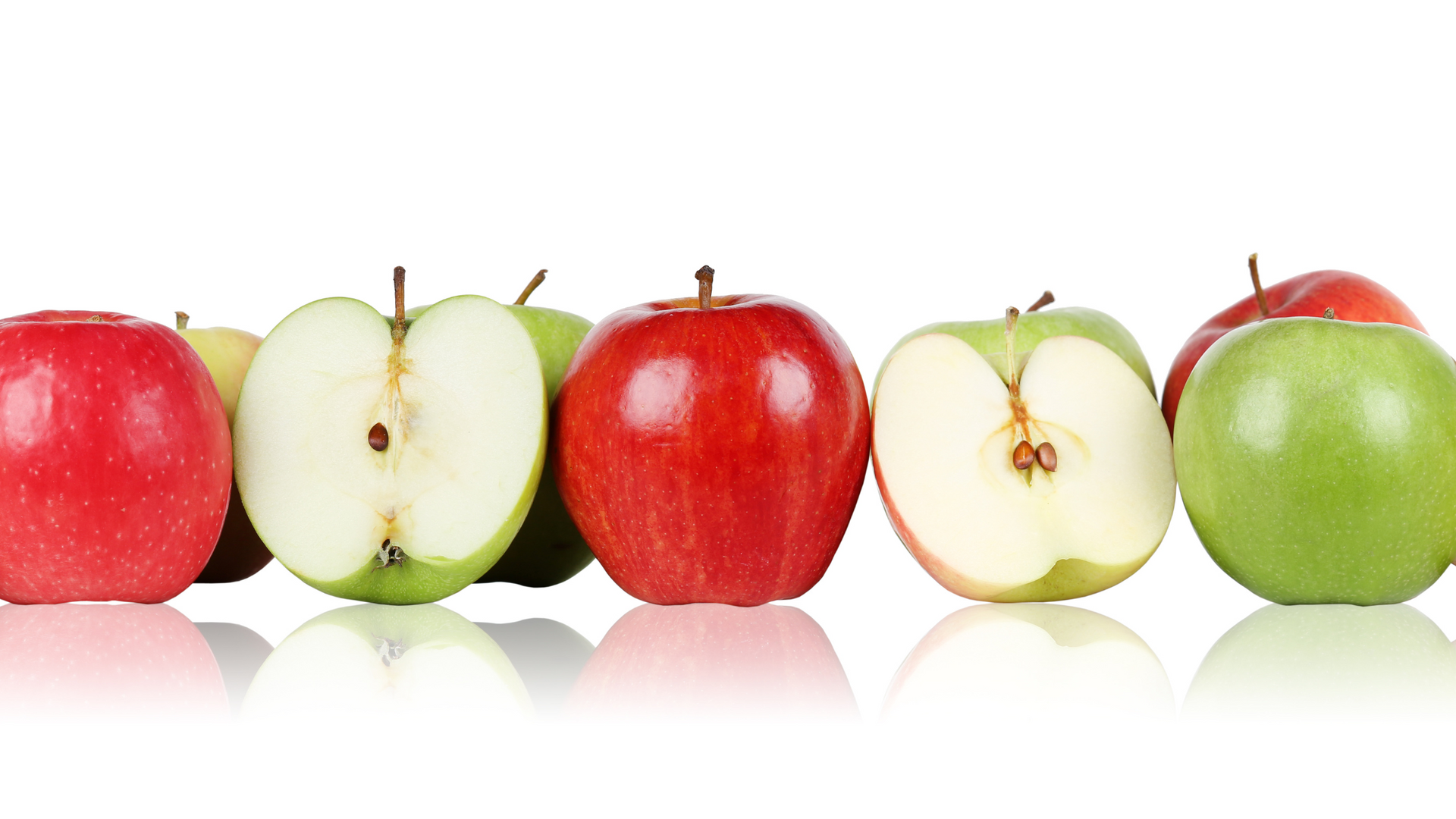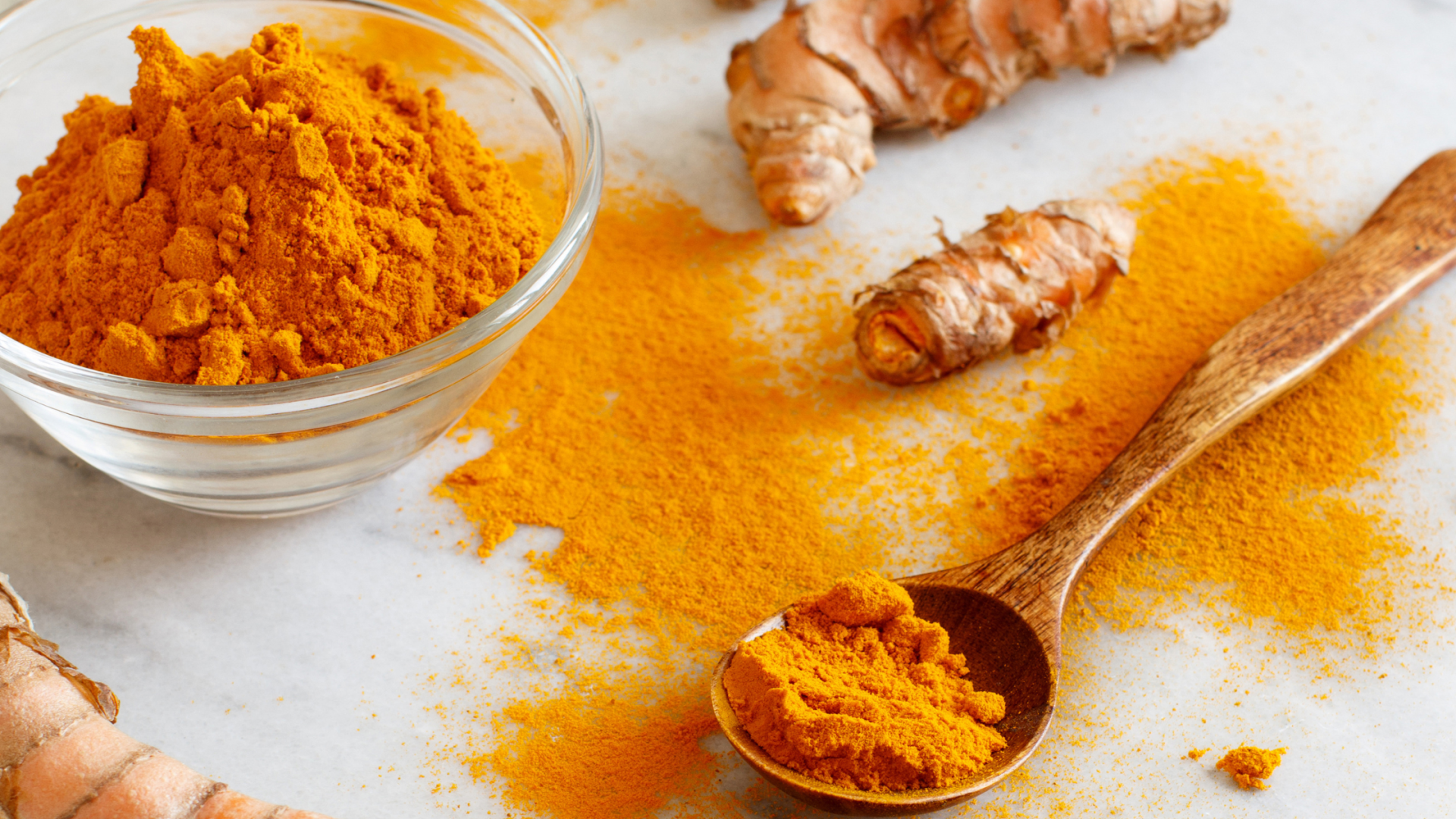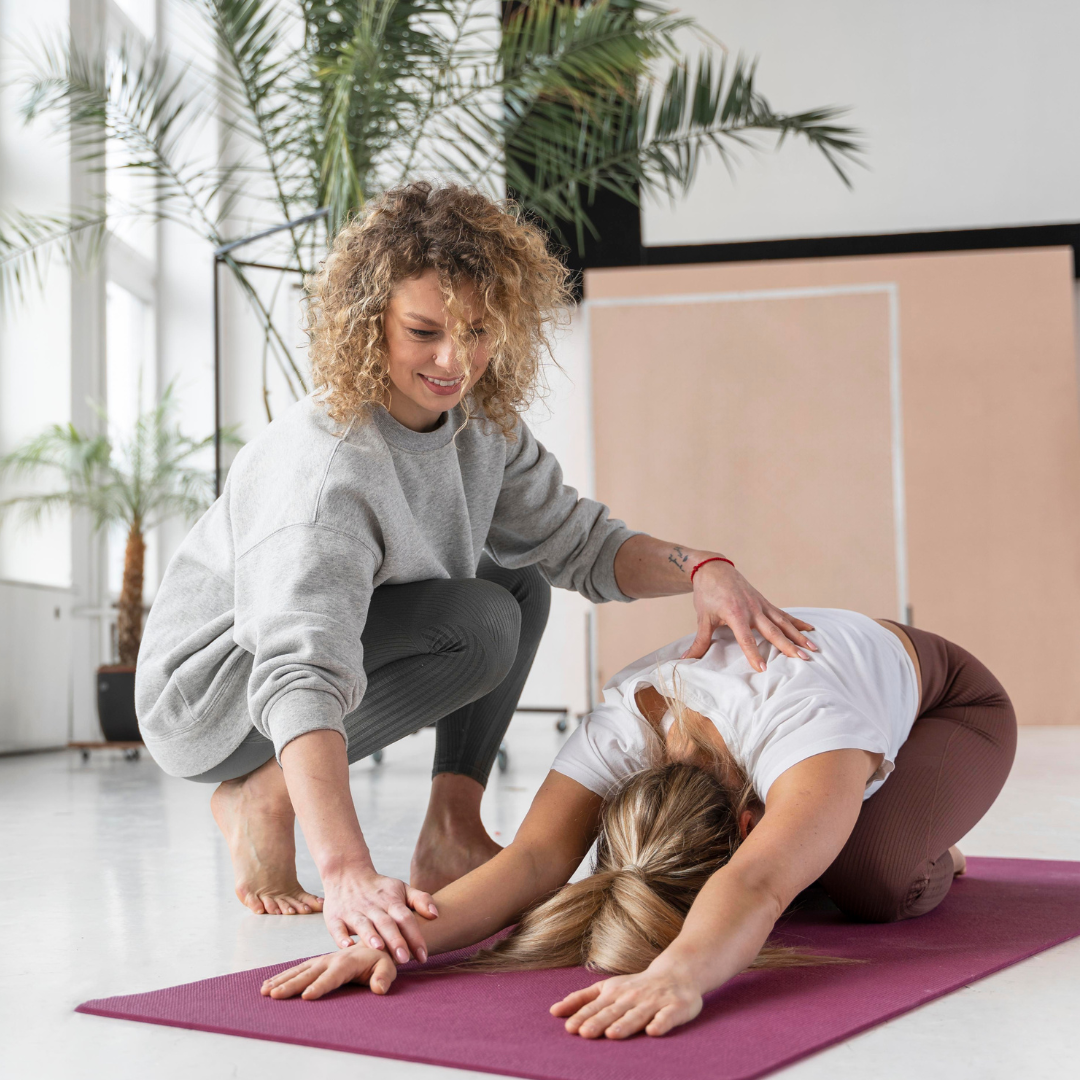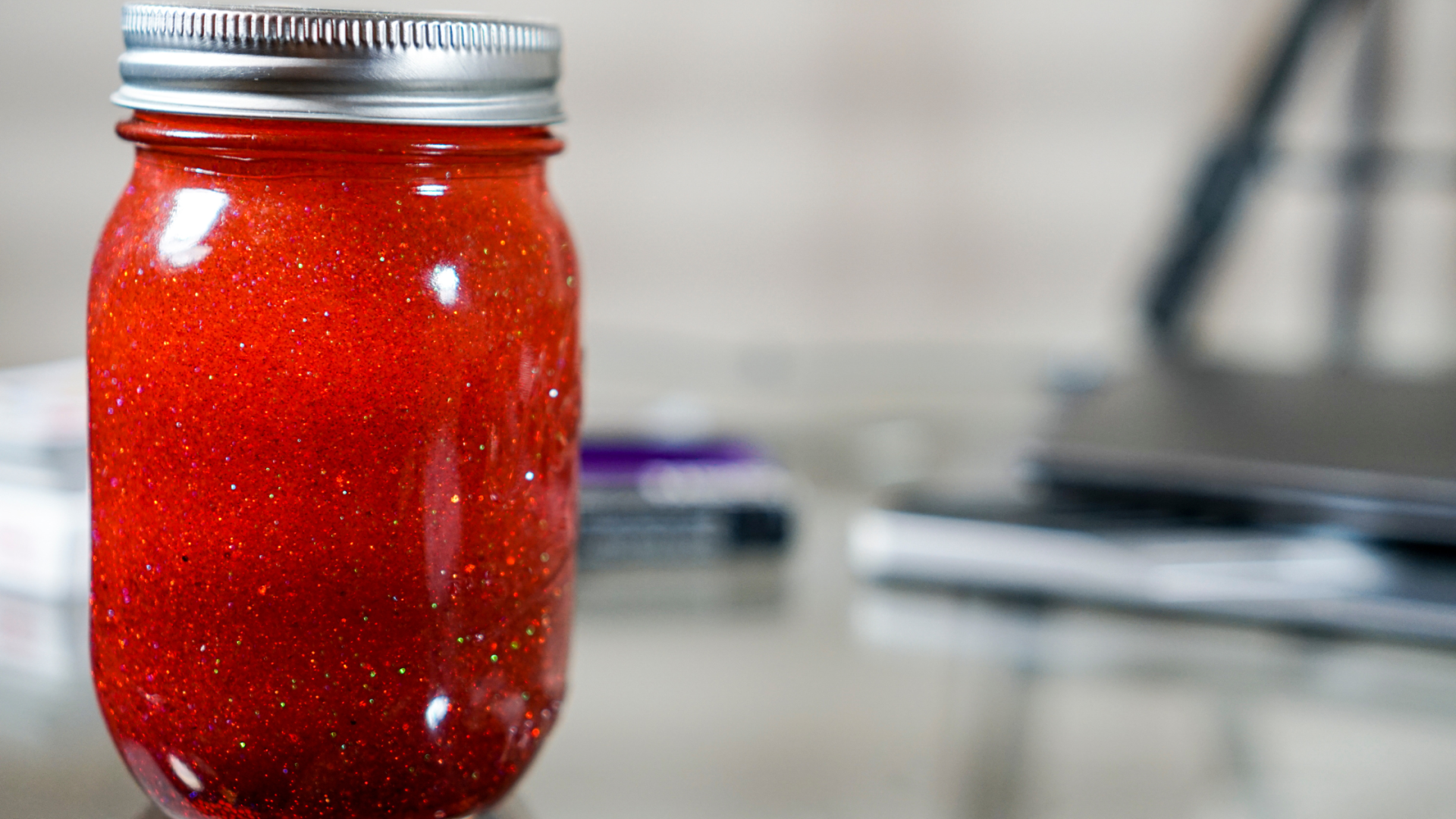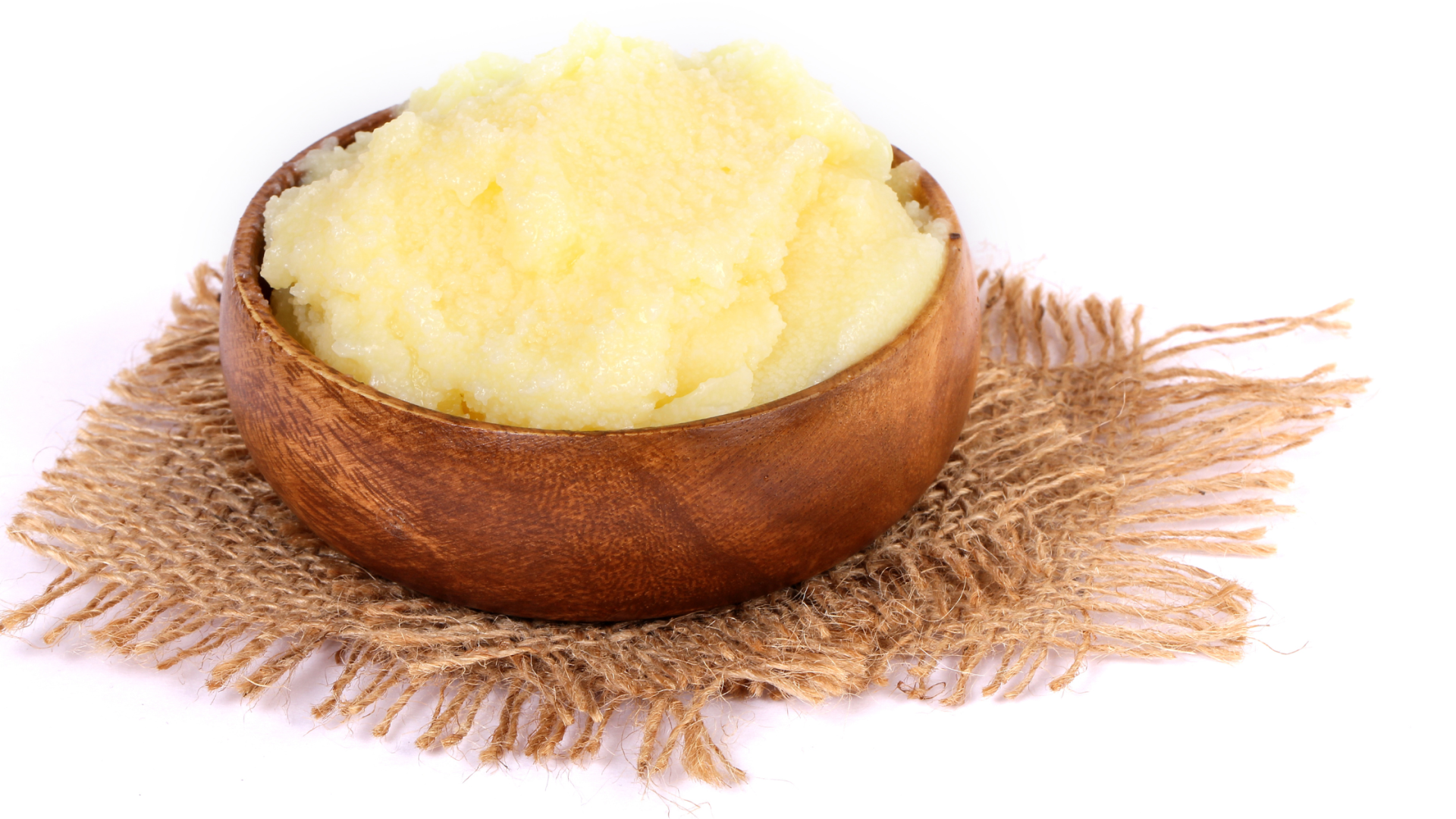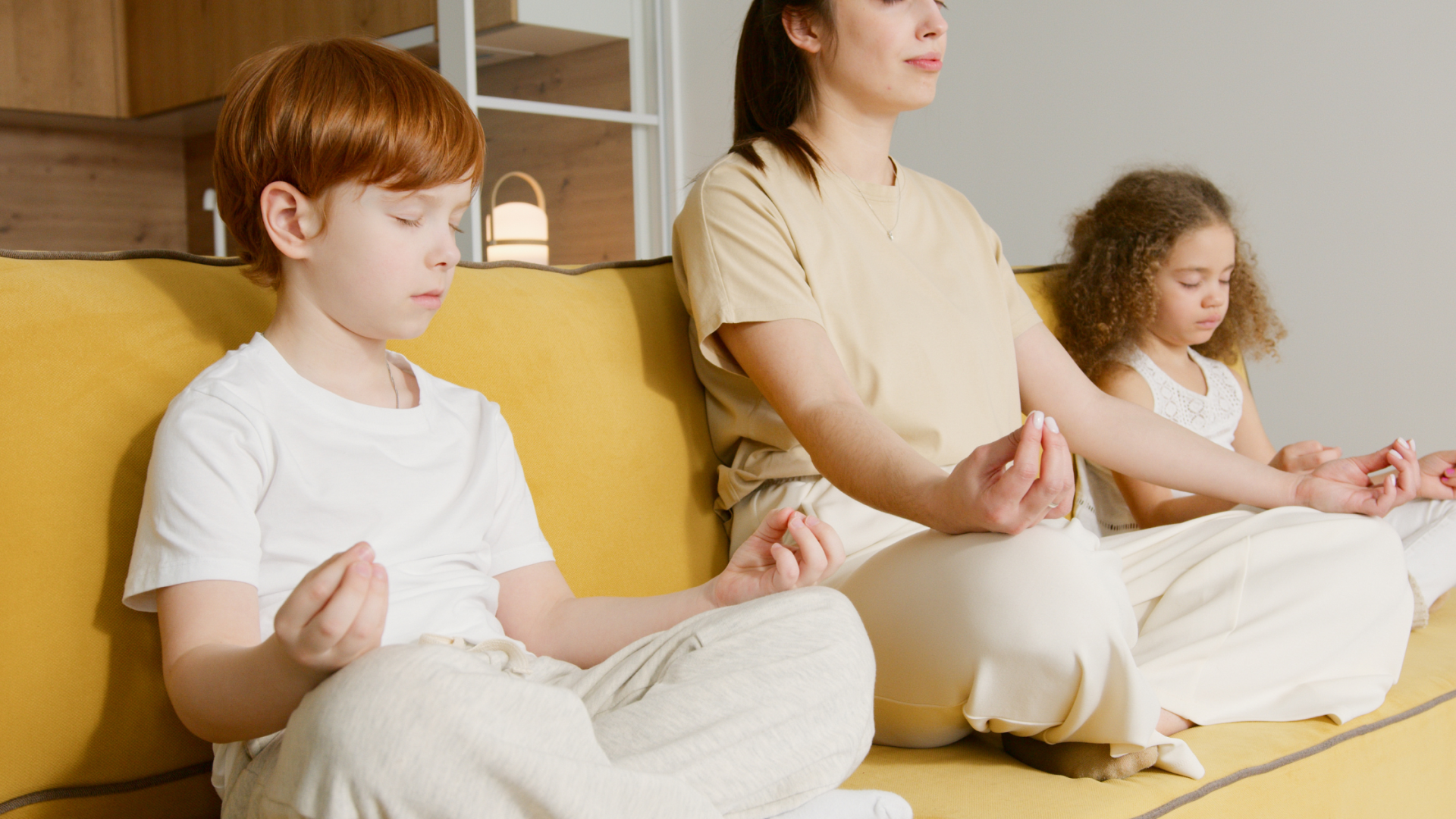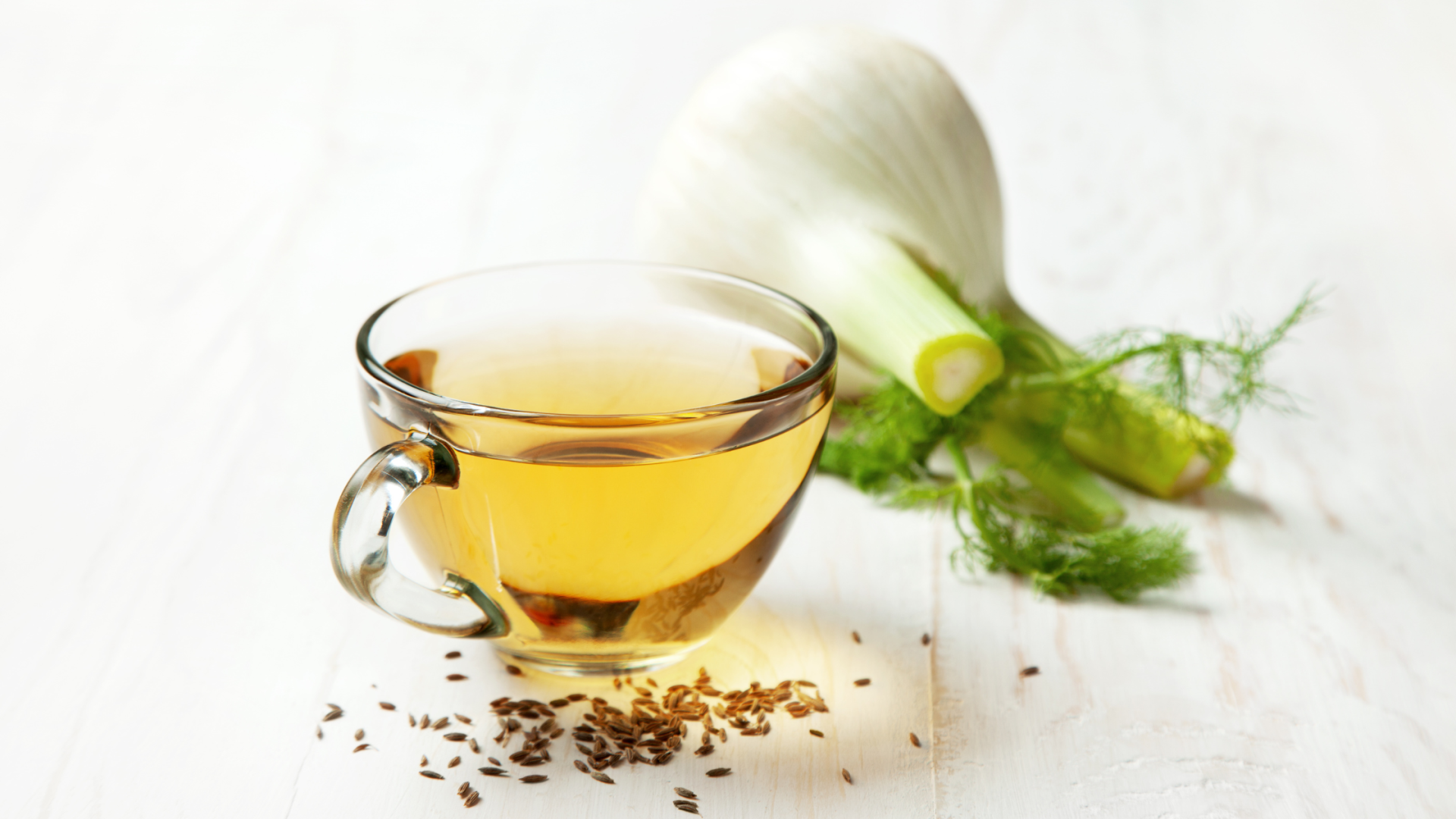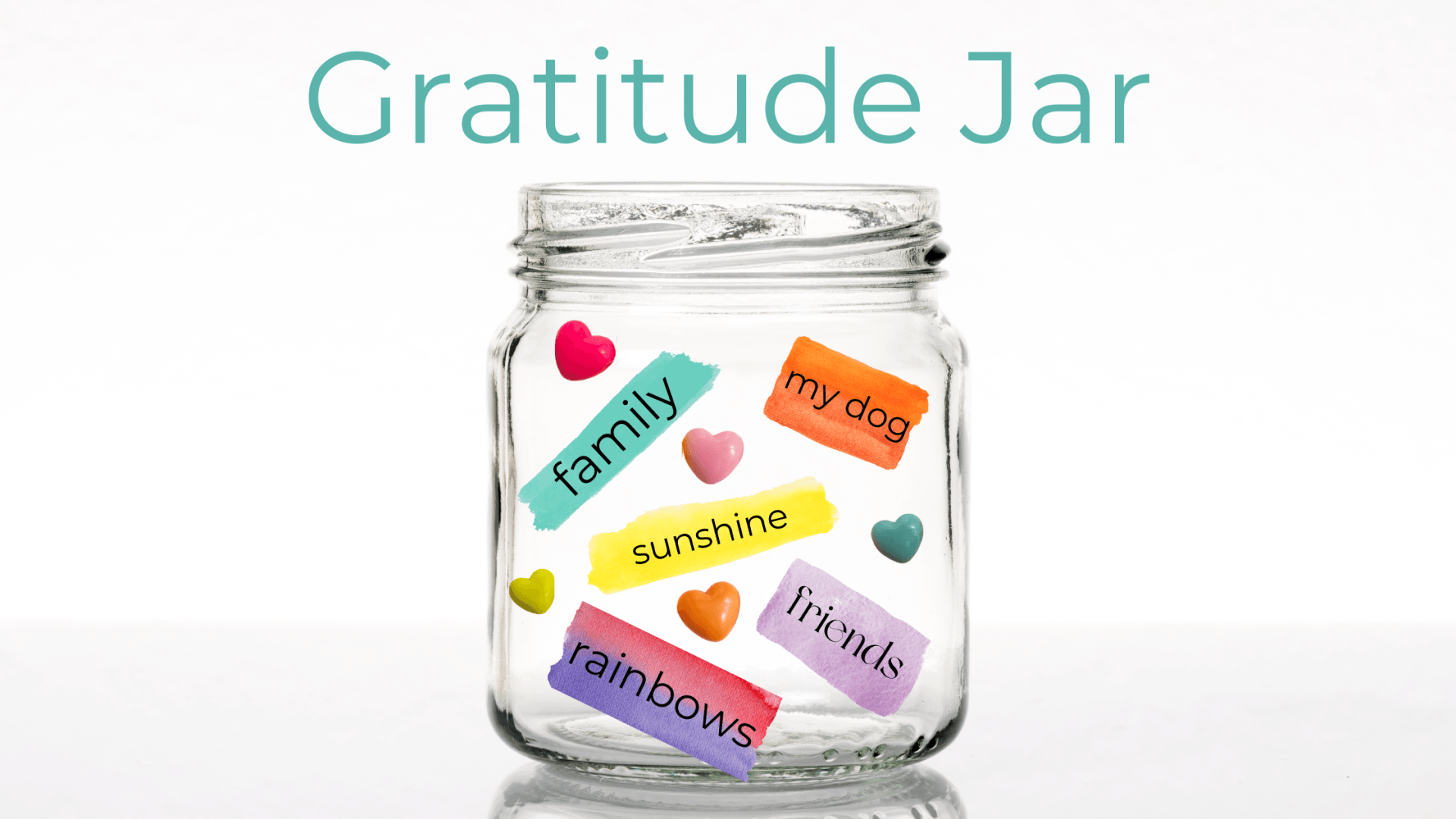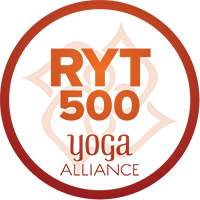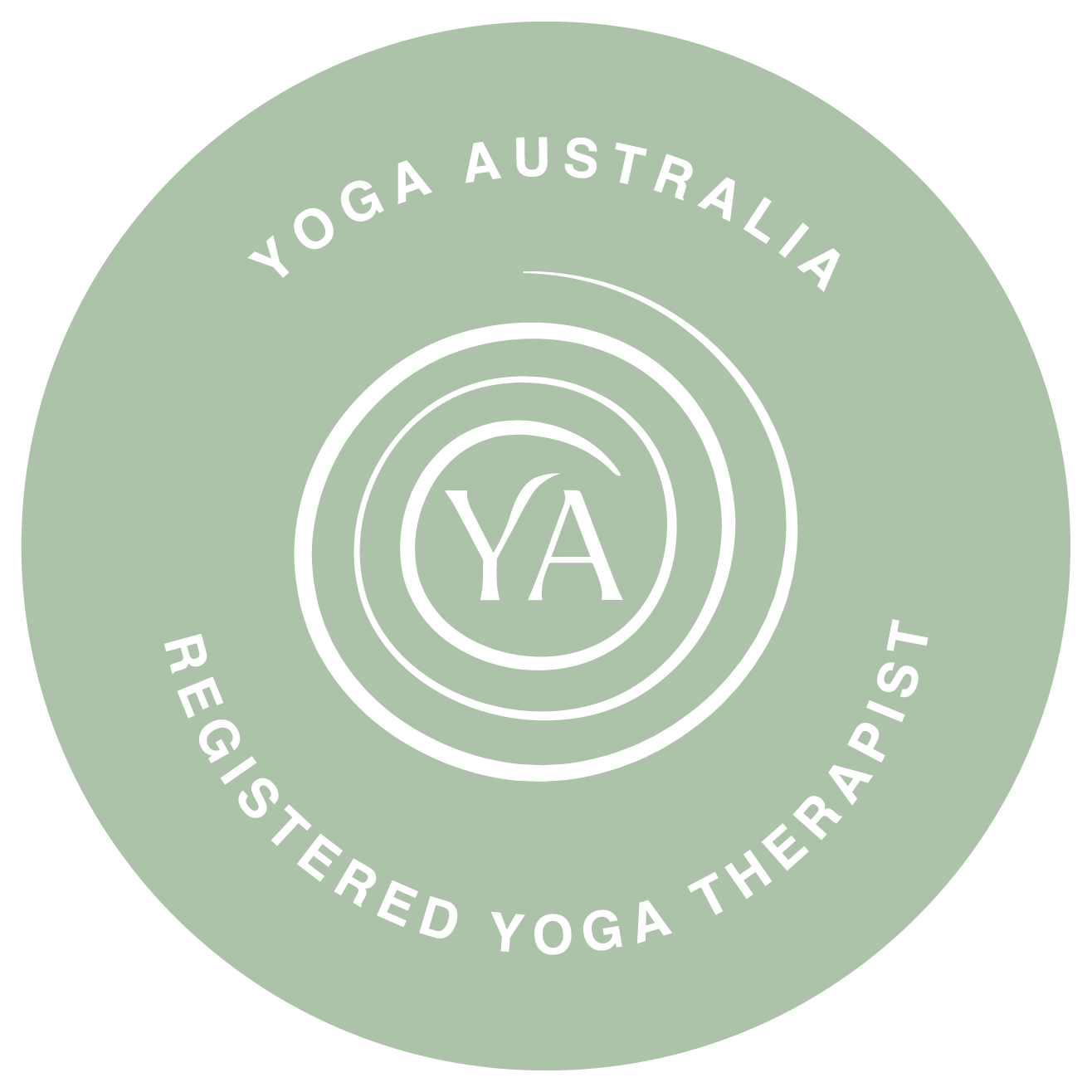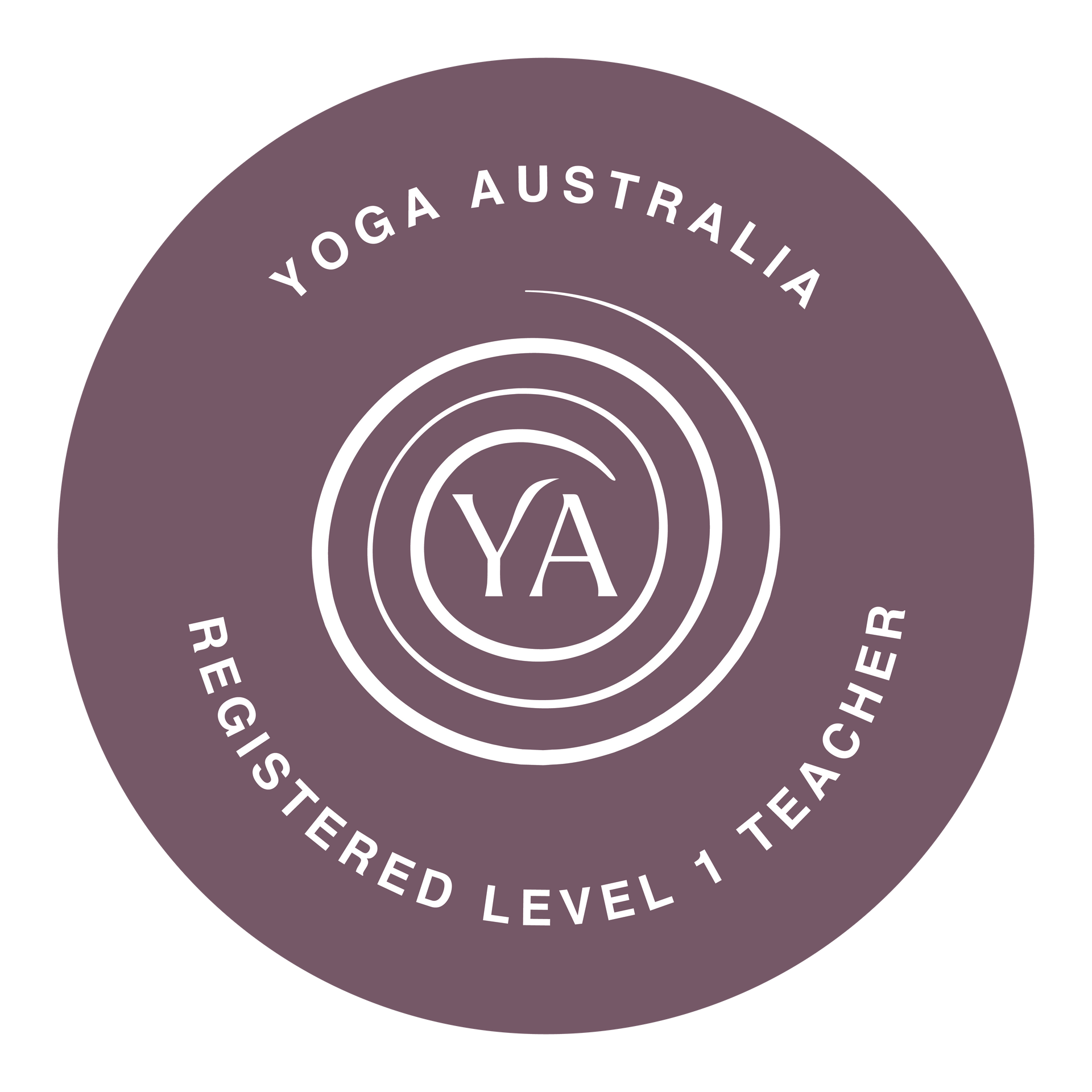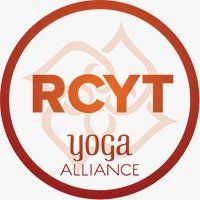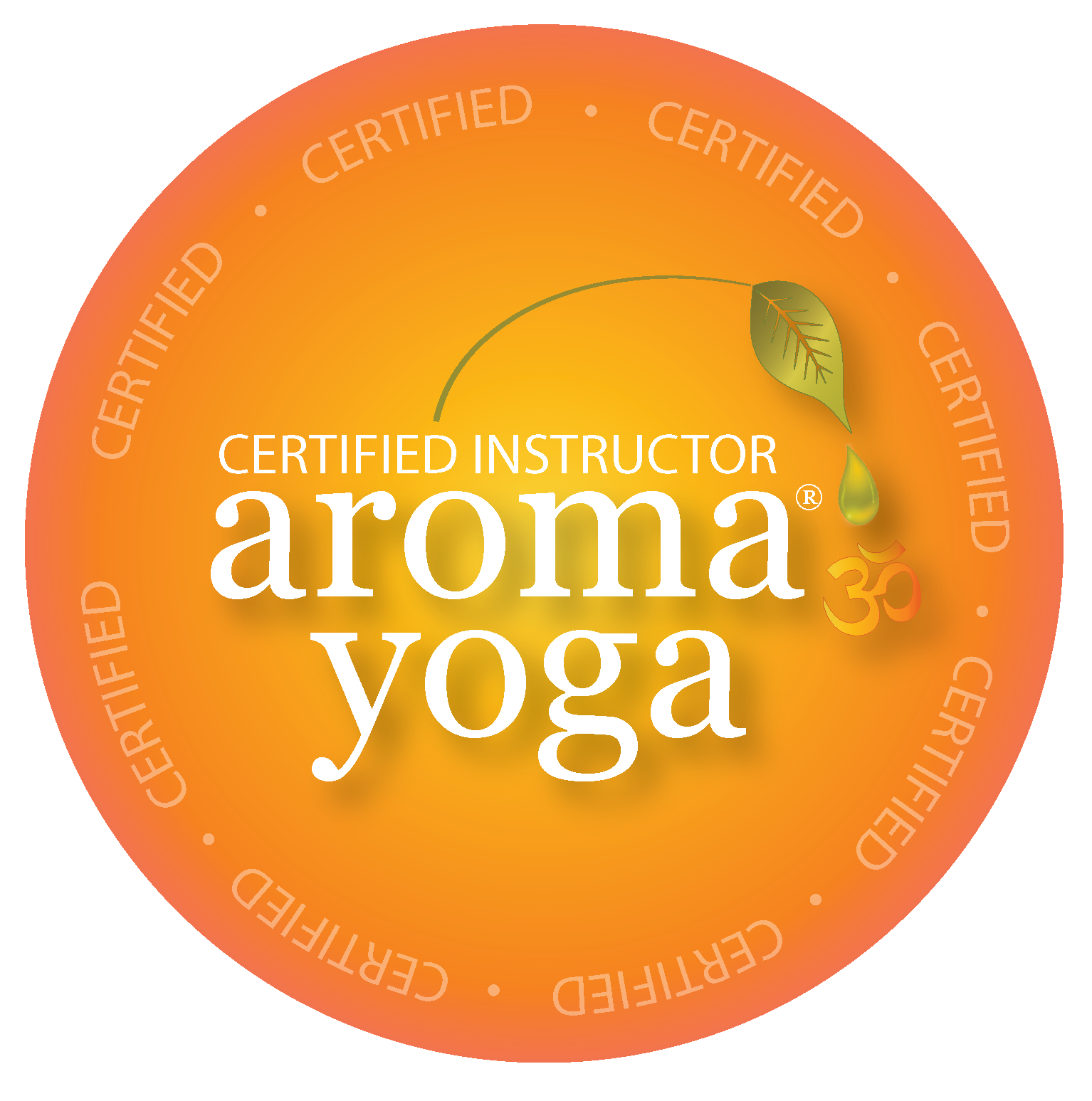Yoga and Osteoporosis
Is Yoga Beneficial for Supporting Osteoporosis?
Osteoporosis is a progressive bone disease where the mineral density of the bone is reduced. The most common cause of osteoporosis is a postmenopausal decrease in oestrogen production. This leaves the bones more frail and susceptible to fracture.
Osteoporosis means "porous bone". The milder form is called osteopenia which means "lack of bone". Later in life, there is a tendency toward osteoporosis, in which bone density diminishes and bone resilience weakens. Apart from the lack of oestrogen production mentioned above, there are many potential causes of osteoporosis including diet, genes, hormones, lack of exercise and mobility.
Prevention is far better and much easier than remediation when it comes to osteoporosis. According to an article published in Yoga Journal, 1988 by Mary Schatz, M.D., yoga can stimulate your bones to retain calcium, provided your body gets enough calcium in the first place?
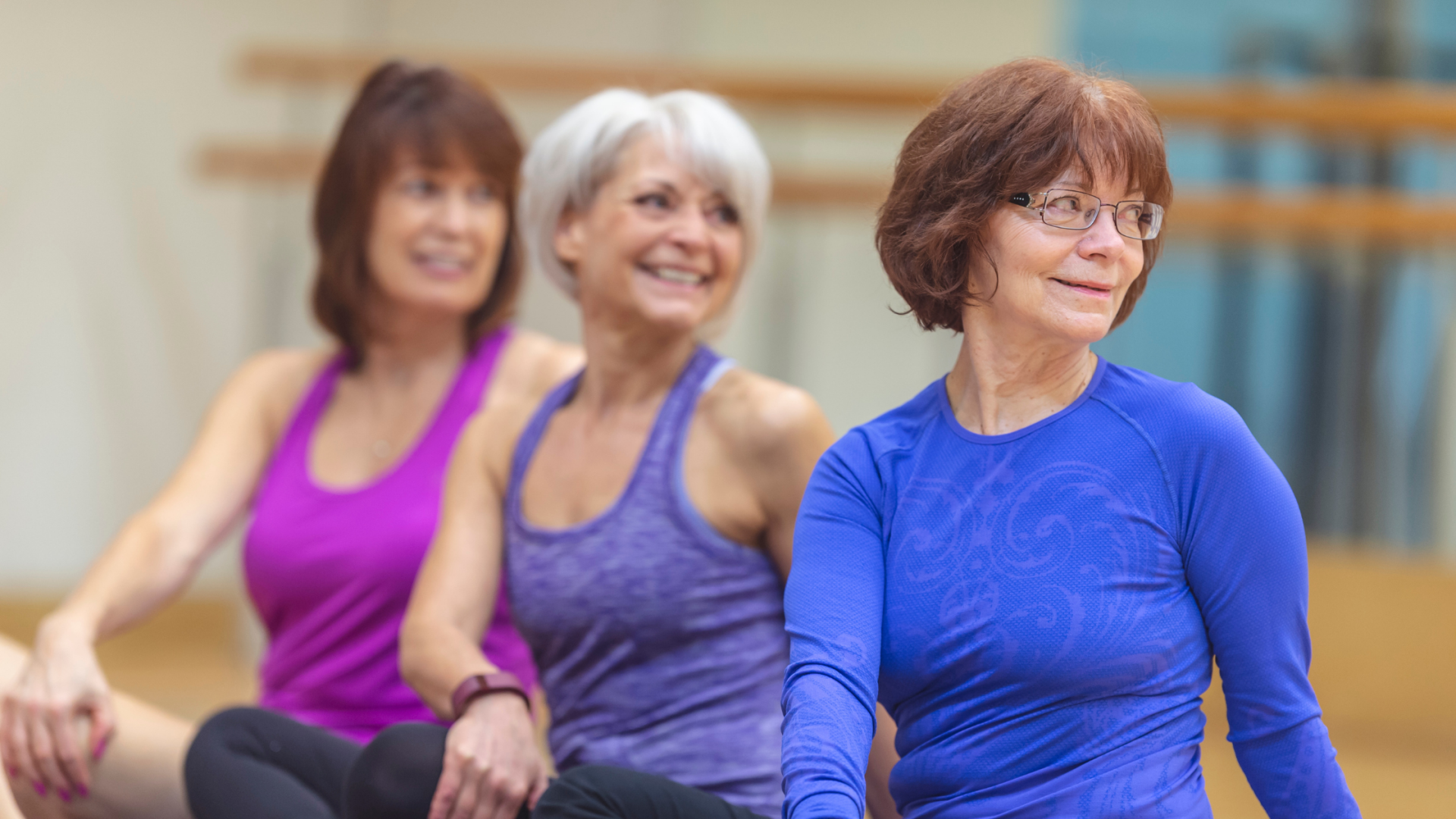
How Yoga Can Help
Yoga emphasises weight-bearing poses that affect your whole spine, arms, shoulders, elbows, legs, knees, ankles and feet while encouraging a full range of motion. Yoga actually increases bone density (according to a study conducted at California State University at Los Angeles in 2000)
B.K.S Iyengar contends that through the process of squeezing out the old, stale blood or lymphatic fluids, and soaking the area with freshly oxygenated blood or fluids, yoga helps your body use the nutrients it needs. Inversions, particularly Sarvangasana (Shoulderstand) and Halasana (Plough Pose), are especially beneficial. According to Iyengar, these poses help to regulate your thyroid and parathyroid glands which are critical for metabolism, by creating a chin lock that squeezes the stale blood from the area. As you release from the pose, and the lock is released, the neck region is flooded with fresh blood.
Shoulderstands and Plough Pose may not be accessible for all people, but don't worry they are not the only poses that can help. Forward bends, such as those used in yin yoga can also quiet the adrenal glands, reducing the effects of the sympathetic nervous system fight or flight response, and backbends can help to energise them. Twists are equally effective at regulating the adrenal glands, which are important in providing adequate amounts of oestrogen and androgen for healthy bones.
Falls in older people is a real issue. Many older people tend to fall because they lose confidence in their ability to move properly. Other people may suffer from weakened muscles often caused by their lack of use, poor eyesight, poor posture or arthritis. Yoga can play an important role in improving your posture and coordination, strengthen your muscles, increase your flexibility and promote better balance.
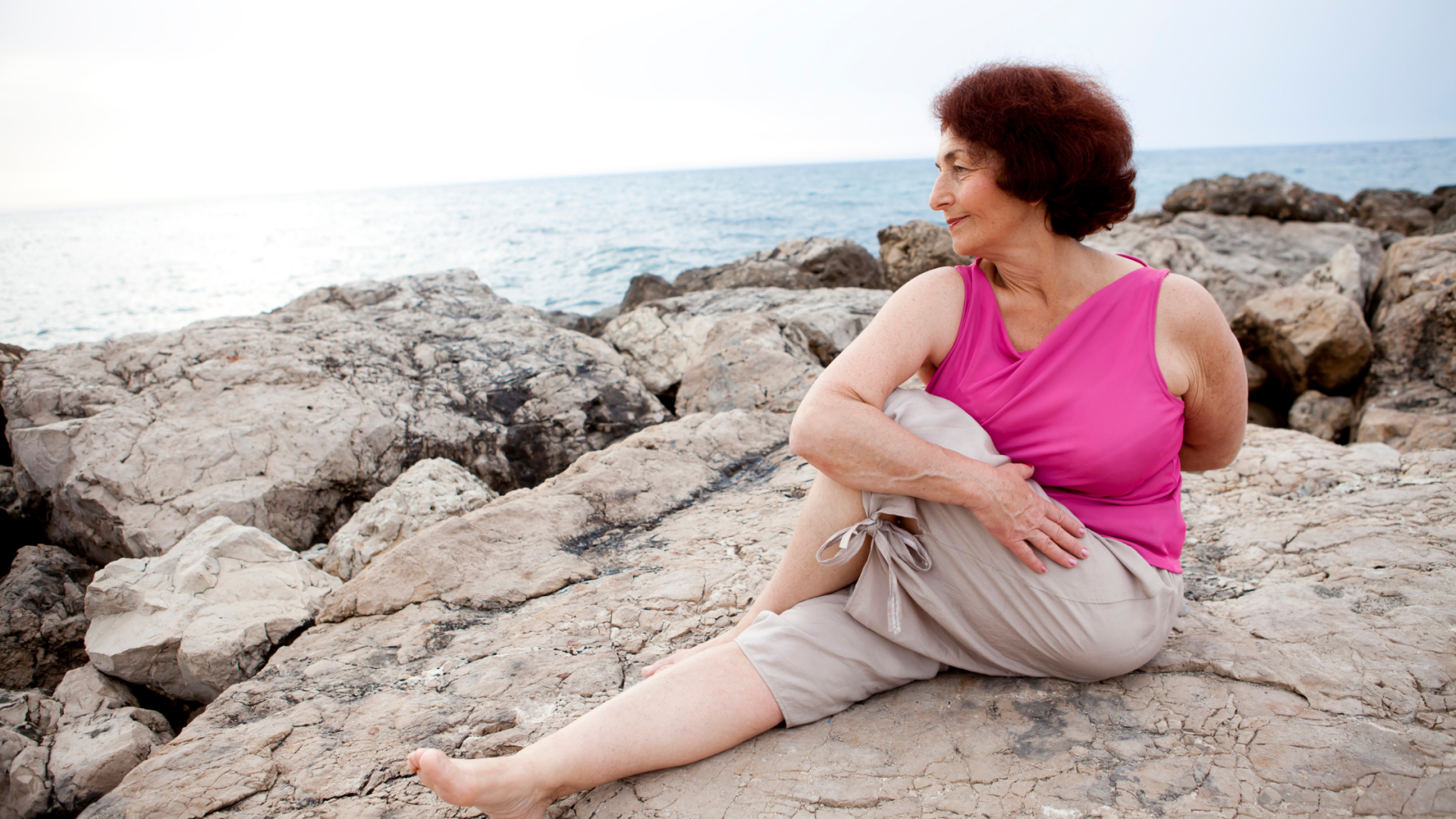
Poses to Support Osteoporosis
Correct posture is critical to keeping your spine healthy. You increase your likelihood of vertebral fracture if you have poor posture on top of a weakened spine. If your head sits in front of your shoulders, the weight is not evenly distributed along your spine. This means the front part of your thoracic vertebrae receives the majority of the weight and they are prone to stress fractures. Mountain Pose (Tadasana) is a great standing posture to help strengthen your back muscles and improve your posture. including forward and backbends into your daily yoga practice can help to strengthen the front and back of your spinal column and help to increase overall flexibility. Supported backbends, like the ones we practice in Yin Yoga, can passively lengthen the thoracic spine and help prevent fractures. Putting your body through its whole range of motion; from standing to sitting, right side up and upside down, back and forth, and twisting side to side will help to maintain and increase mobility and flexibility. Some great poses to practice are:
- Easy Pose (Sukhasana)
- Cat Pose (Bidalasana)
- Plank Pose (Phalakasana)
- Child's Pose (Balasana)
- Down-ward Facing Dog (Adho Mukha Svanasana)
- Standing Forward Fold (Uttanasana)
- Mountain Pose (Tadasana)
- Warrior I and II (Vribhadrasana I and II)
- Twists
- Forward Bends
- Legs-Up-The-Wall (Viparita Karani)
These are just some of the poses; there are other poses that are beneficial for those suffering from Osteoporosis and poses can be adapted to suit the age, ability and flexibility of each student. Breathing and relaxation techniques also play a vital role.
Booking a Private Yoga or Yoga Therapy session can be valuable. A full assessment will be made of your health, diet and lifestyle. A tailored plan to support your individual needs can then be made and implemented with you. If you would like to find out more, please contact me.
